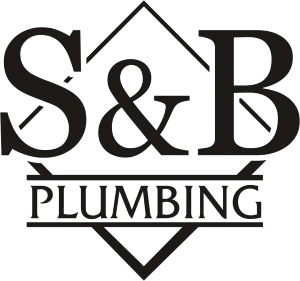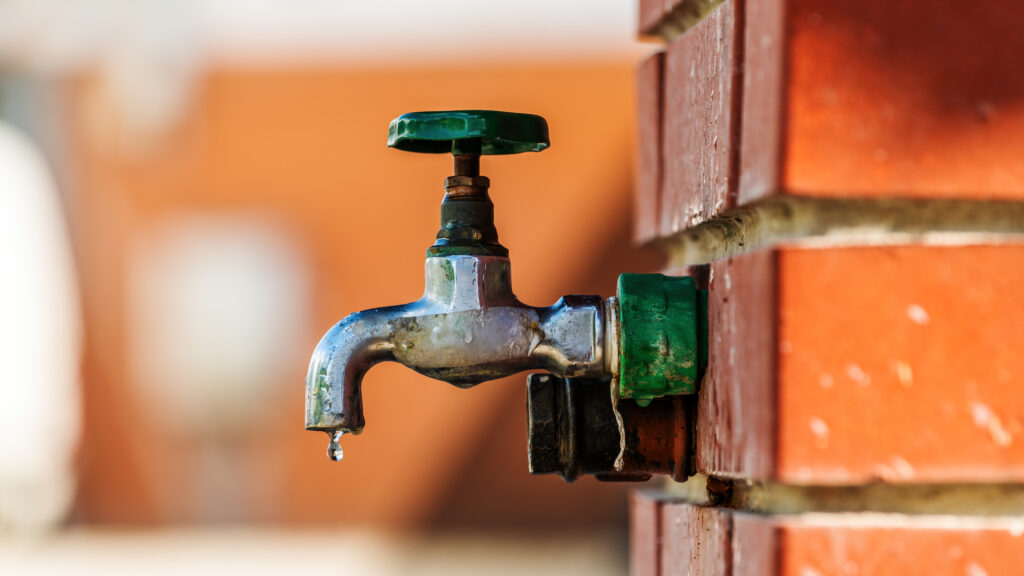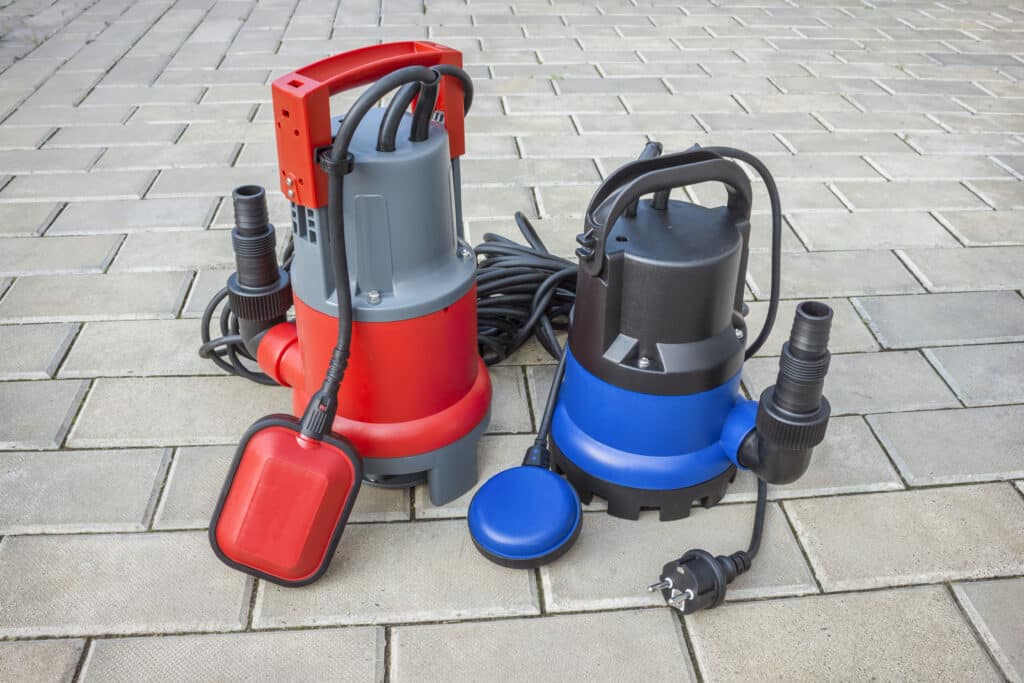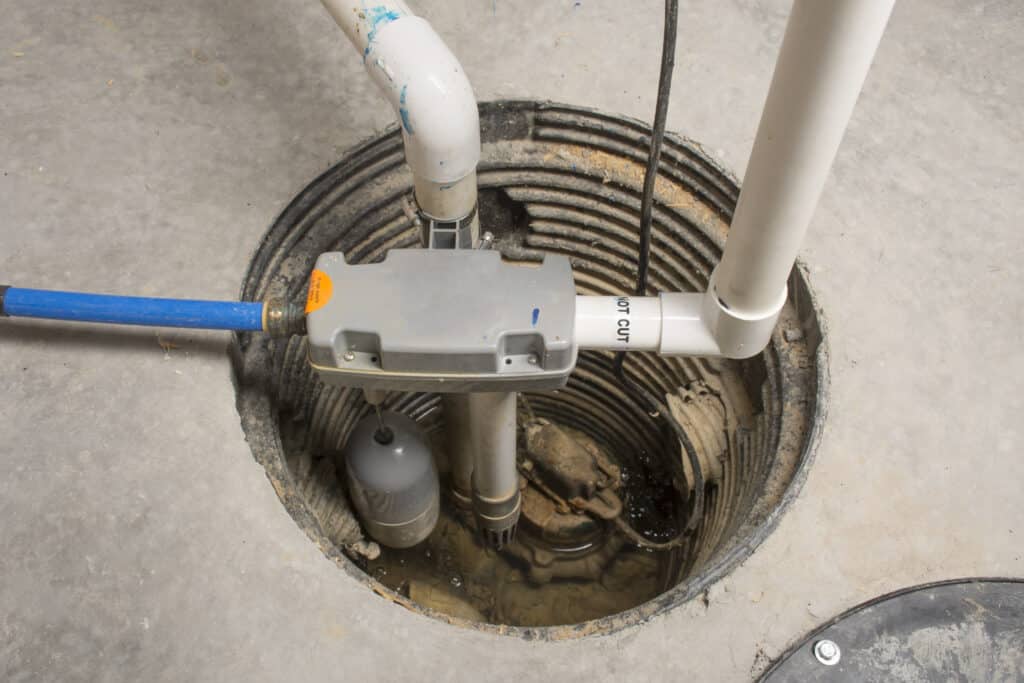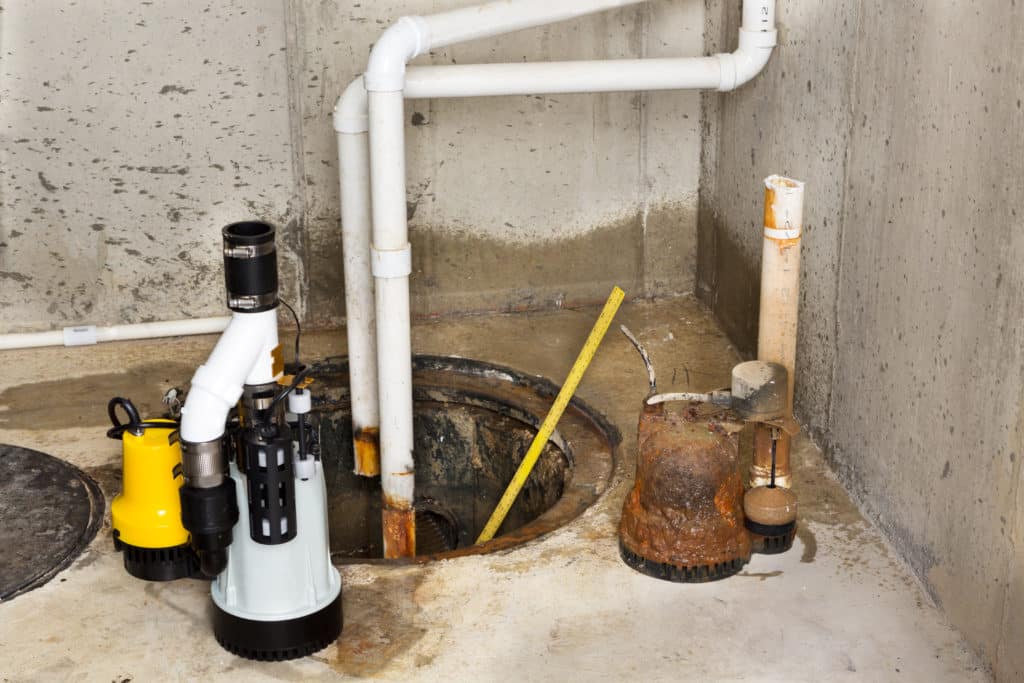Hose bibs are essential components of residential plumbing systems, providing convenient outdoor water access for gardening, landscaping, and cleaning tasks. They facilitate hose attachment for watering plants, washing vehicles, and other outdoor activities. Hose bibs also play a crucial role in preventing freezing and bursting water pipes during cold weather, safeguarding the integrity of the plumbing system and minimizing potential damage to the home. There are several hose bib problems that can arise, so it is important to know how to fix them.
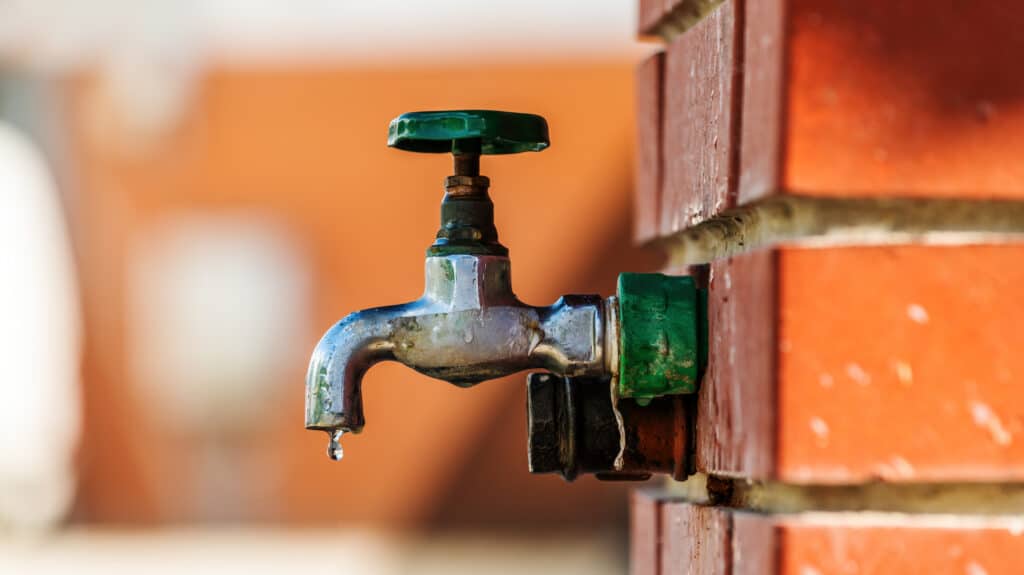
1. Leaks and Drips
Leaks and drips from hose bibs can result from various factors, including worn-out washers, loose connections, damaged seals, or corrosion in the valve assembly. High water pressure or freezing temperatures can exacerbate these issues, leading to leaks that can waste water, cause water damage to the surrounding area, and drive up utility bills.
To identify and repair leaks from hose bibs, start by inspecting the hose bib for visible signs of damage, such as cracks, corrosion, or dripping water. Next, turn off the water supply to the hose bib and disassemble the valve assembly to examine the internal components for wear or damage. Replace any worn washers, seals, or damaged parts, and ensure all connections are tight and secure. Finally, reassemble the hose bib, turn on the water supply, and check for leaks. If leaks persist, consider contacting a professional plumber for further assistance.
2. Frozen Hose Bibs
Another example of hose bib problems is when they freeze when water trapped inside them expands as it freezes, leading to pressure buildup and potential bursting of the pipe. This is especially common in colder climates or during sudden temperature drops. To prevent freezing, insulate hose bibs with foam covers or wraps, disconnect and drain hoses before winter, and shut off the water supply to outdoor faucets.
To safely thaw frozen hose bibs, start by turning off the water supply to the affected bib. Then, open the faucet to relieve pressure and allow water to flow once it thaws. Use gentle heat sources like a hair dryer, heat lamp, or towels soaked in warm water to gradually thaw the bib. Avoid using open flames or high-temperature sources, as they can damage the bib or pose fire hazards.
Long-term solutions for preventing hose bib freezing include installing frost-free hose bibs, which have a longer stem that extends into the heated interior of the building. Insulating pipes in unheated areas and adding heat tape or cables to vulnerable sections can also provide protection. You can also consider installing a shut-off valve inside the building to isolate outdoor faucets during winter months, further reducing the risk of freezing and damage. Regularly check for leaks and ensure proper insulation to maintain hose bib functionality throughout the winter season.
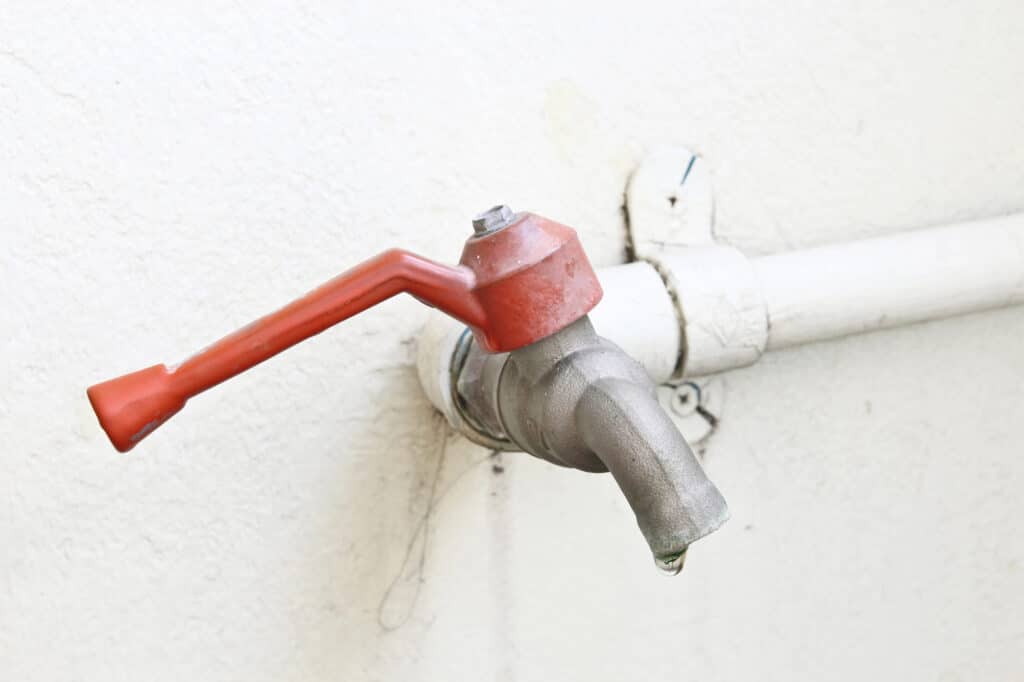
3. Low Water Pressure
Low water pressure in hose bibs can stem from various factors such as mineral buildup in pipes, obstructions in the water line, or faulty valves. Additionally, leaks, damaged seals, or incorrect hose bib size can contribute to reduced water flow.
Troubleshooting low water pressure involves checking for clogged screens or filters, inspecting for leaks along the water line, and ensuring that valves are fully open. Flushing the system and removing mineral deposits can also help restore water pressure.
To improve water pressure, consider upgrading the to a larger hose bib size, installing a pressure booster pump, or replacing old pipes. Regular maintenance, such as cleaning filters and inspecting for leaks, can optimize hose bib performance and ensure consistent water pressure.
4. Backflow and Contamination
Backflow occurs when contaminated water flows backward into the clean water supply, posing health risks. Hose bibs are vulnerable to backflow from garden hoses submerged in stagnant water or connected to chemical sprayers. Backflow can be prevented by installing vacuum breakers or backflow prevention devices on hose bibs. Avoid submerging hoses in pools, buckets, or other sources of stagnant water.
Installing backflow prevention devices and conducting regular maintenance are crucial for safeguarding water quality. Ensure devices are properly installed and inspected annually to mitigate contamination risks and maintain a safe water supply.
5. Damaged or Malfunctioning Handles
Signs of damaged hose bib handles include stiffness when turning, leaks around the handle base, or visible cracks or corrosion. These issues may indicate wear and tear, rust, or internal damage compromising the handle’s functionality.
Repairing or replacing a damaged hose bib handle starts with turning off the water supply. Remove the handle’s screw or fastener and carefully detach the handle from the stem. Inspect for any visible damage or worn components. Repair by replacing damaged parts or replace the entire handle if necessary, and lubricate moving parts with silicone grease before reassembling.
Opt for durable materials like brass or stainless steel for hose bib handles, which resist corrosion and withstand outdoor elements. Handles should be regularly inspected and lubricated to prevent corrosion and ensure smooth operation. Consider investing in handles with ergonomic designs or grip enhancements for added comfort and ease of use. Regular maintenance helps prolong handle longevity and maintains optimal functionality.
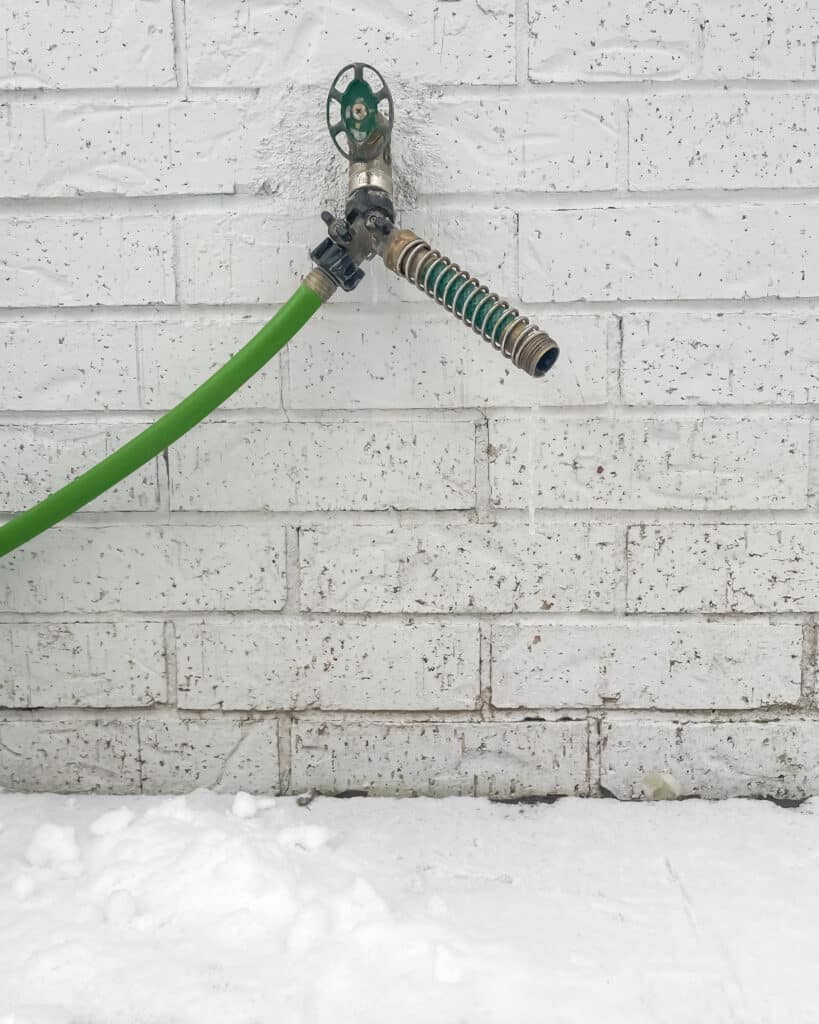
Choose S&B Plumbing for Hose Bib Problems
Knowing how to diagnose and fix hose bib problems can be difficult at times, which is why choosing to have professionals fix them may be the best option. Our team at S&B Plumbing is skilled to diagnose all sorts of plumbing problems and fix them so they are functioning properly. Contact us today to get your hose bibs fixed, along with other issues like garbage disposals, faucet leaks, and clogged drains.
